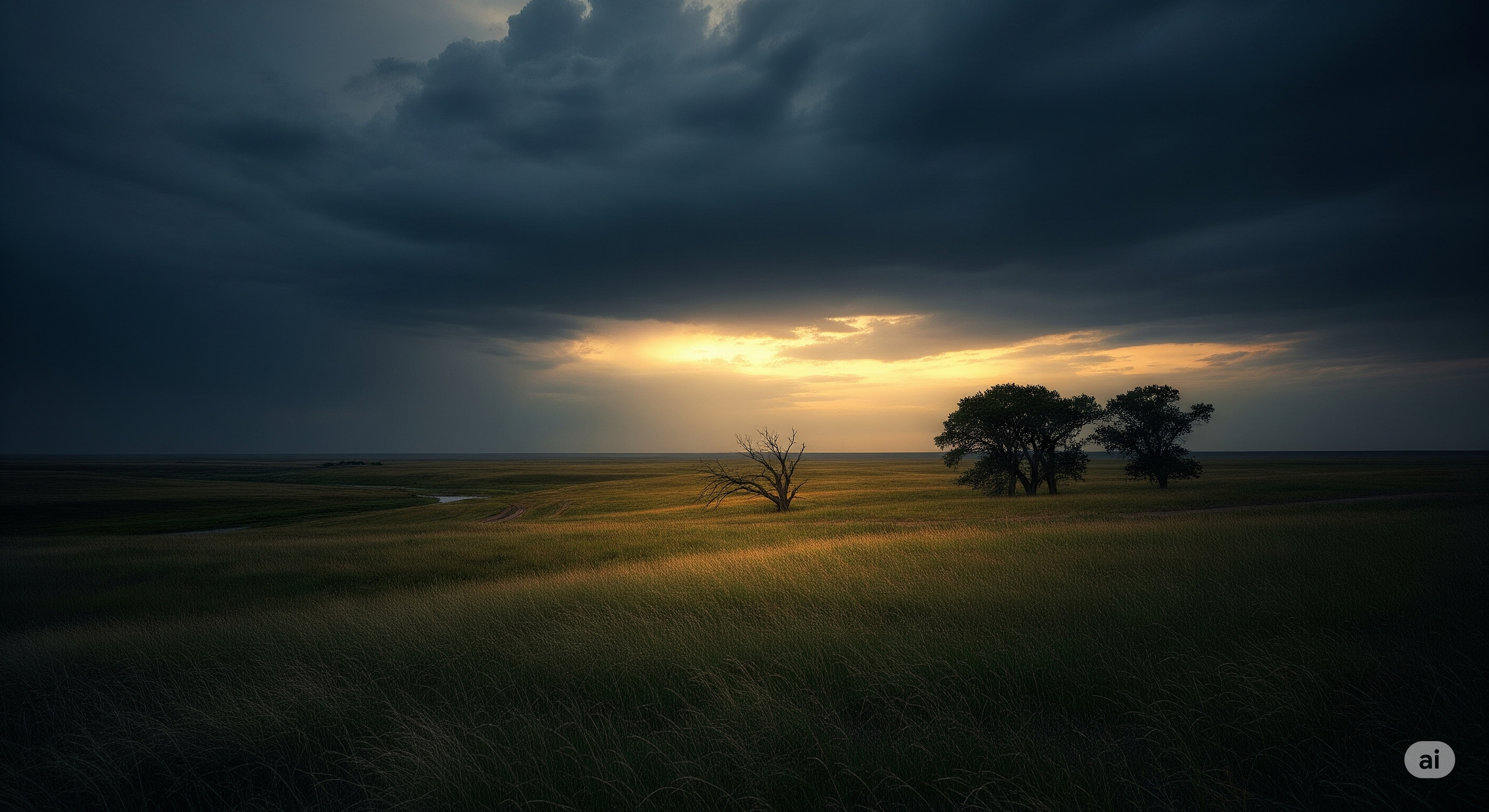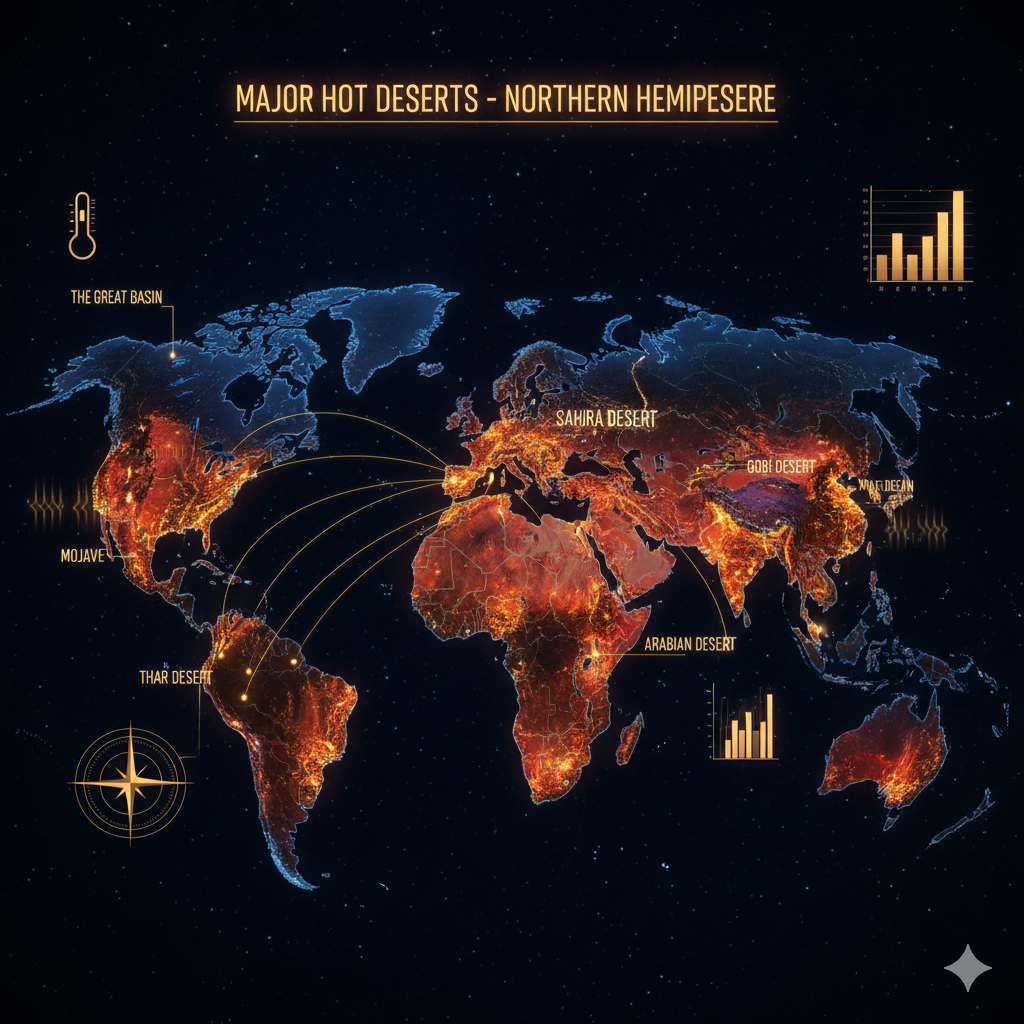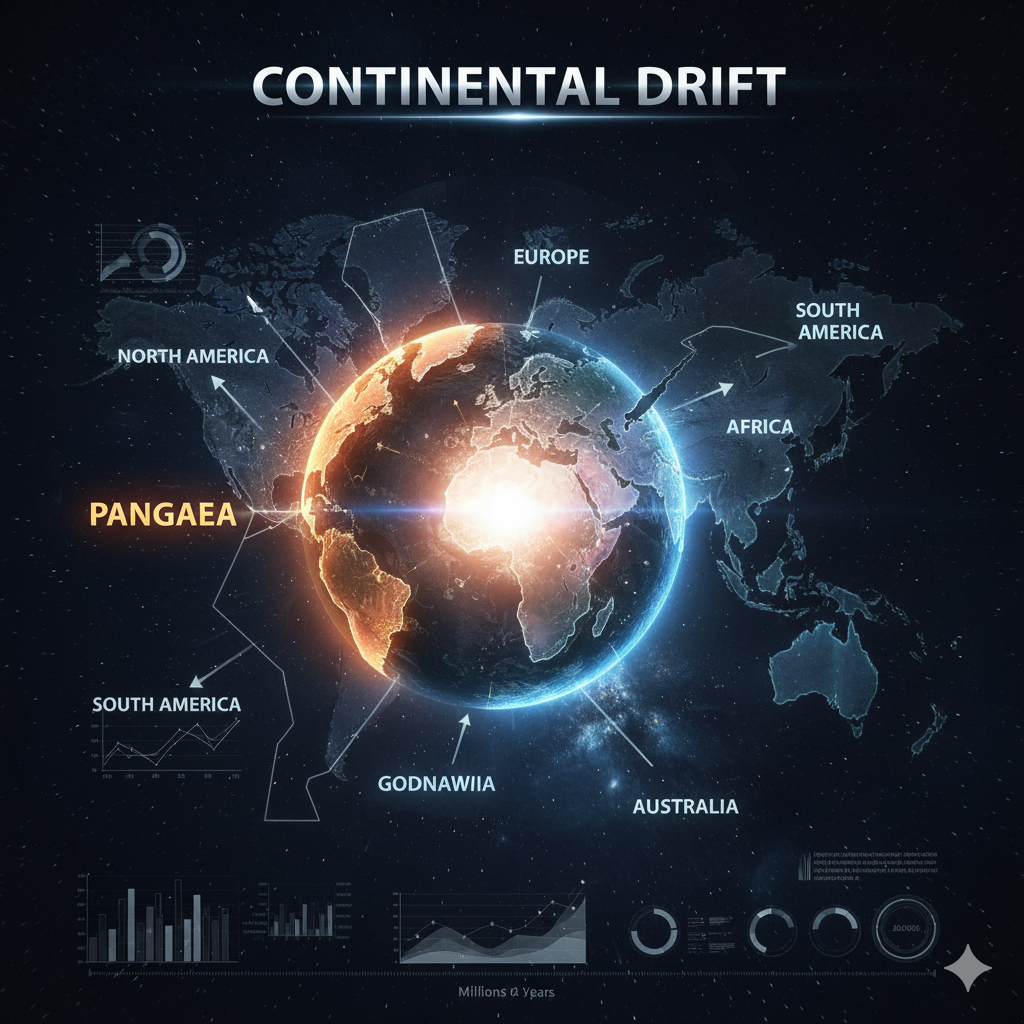Introduction
The Great Plains of the United States, often referred to as the “breadbasket of America,” is a vast expanse of flatlands and gently rolling hills that stretches from the Canadian border in the north to Texas in the south, and from the Rocky Mountains in the west to the Mississippi River in the east. Covering approximately 1.3 million square miles, the Great Plains encompass parts of North Dakota, South Dakota, Nebraska, Kansas, Oklahoma, Texas, Montana, Wyoming, and Colorado.
This region has played a pivotal role in the agricultural, economic, and demographic development of the United States. Its fertile soils and favorable climate have made it ideal for crop cultivation and livestock grazing, while its flat terrain has facilitated railroad expansion and settlement. However, the Great Plains has also been the site of environmental challenges, most notably the Dust Bowl of the 1930s, which left an indelible mark on its history.
This article explores the geography, agriculture, settlement patterns, and historical challenges of the Great Plains, emphasizing its importance in shaping the American economy and society.
1. Physical Geography of the Great Plains
Terrain and Soil
- The Great Plains are characterized by vast prairies, grasslands, and gently rolling terrain, making it ideal for large-scale agriculture.
- Soils are predominantly mollisols, rich in organic matter and nutrients, which are highly fertile and suitable for wheat, corn, and soybeans.
- Certain areas, especially in western plains, have more arid soils, requiring irrigation for effective cultivation.
Climate
- The region experiences a continental climate with hot summers and cold winters.
- Precipitation varies from 15–35 inches annually, increasing from west to east, influencing crop choices and farming techniques.
- Tornadoes, droughts, and strong winds are common due to the flat topography and continental position.
Natural Vegetation
- Originally dominated by tallgrass, mixed-grass, and shortgrass prairies.
- Prairie ecosystems supported bison, prairie dogs, and numerous bird species, forming a complex and resilient food web.
- Over time, much of the native vegetation was cleared for agriculture and settlement.
2. Agriculture in the Great Plains
Crop Cultivation
- Wheat: The Great Plains is synonymous with wheat farming, particularly hard red winter wheat in Kansas and Oklahoma.
- Corn: Eastern plains with higher rainfall support corn cultivation, feeding livestock and contributing to biofuel production.
- Soybeans and sorghum: Grown in rotation with wheat and corn to maintain soil fertility.
- Cotton: Southern plains, especially in Texas, cultivate cotton due to warmer temperatures.
Livestock Farming
- Cattle ranching dominates the western plains where rainfall is insufficient for crops.
- Sheep and goat farming occurs in arid areas, supporting wool and meat production.
- Feedlots and dairy farms are increasingly common, linking crop production to livestock feeding.
Technological Advancements
- Introduction of mechanized farming equipment in the early 20th century allowed large-scale cultivation.
- Irrigation systems, particularly in western plains, enabled farming in semi-arid zones.
- Genetically improved crops and fertilizers increased yields and reduced vulnerability to pests.
Economic Importance
- Agriculture in the Great Plains contributes significantly to national food security.
- The region is a major source of exported wheat, corn, and beef, fueling both domestic and international markets.
- Agribusiness, storage facilities, and processing plants provide employment and economic stability.
3. Settlement Patterns in the Great Plains
Historical Background
- Before European settlement, the region was inhabited by Native American tribes, including the Sioux, Cheyenne, Comanche, and Pawnee.
- Early settlers were attracted by fertile land and open spaces.
- The Homestead Act of 1862 encouraged migration by offering 160 acres of free land to settlers willing to cultivate it.
Railroad Expansion
- Railroads, particularly the Union Pacific and Atchison, Topeka & Santa Fe lines, facilitated settlement and commerce.
- Towns and cities developed along railroad routes, serving as trade and supply hubs.
- Railroads also enabled transport of agricultural produce to national and international markets.
Urbanization
- Settlements are typically small towns and agricultural communities, with few large cities.
- Regional centers, such as Omaha, Kansas City, and Wichita, act as commercial, transportation, and service hubs.
Demographic Characteristics
- Population density remains low, with vast areas sparsely inhabited.
- Communities are often tight-knit, with social life centered around farming and local schools.
- Migration patterns include influxes during agricultural booms and out-migration during droughts and economic downturns.
4. The Dust Bowl: Environmental Catastrophe
Causes
- Severe drought during the 1930s, combined with over-cultivation and poor land management, led to massive soil erosion.
- Native grasslands were replaced by plowed fields, leaving soil exposed to wind.
- High winds carried topsoil over vast distances, creating dust storms.
Extent
- Affected states included Oklahoma, Texas, Kansas, Colorado, and New Mexico.
- Some dust clouds traveled as far as the East Coast, creating “black blizzards”.
Impact on Agriculture
- Crops failed due to loss of fertile topsoil.
- Livestock perished from dust inhalation and starvation.
- Farmers faced financial ruin, leading to mass foreclosures and abandonment of farms.
Social and Economic Impact
- Thousands of families, often called “Okies”, migrated west to California and other states.
- Communities were destabilized, and poverty rates soared.
- The disaster prompted federal government intervention, including the establishment of the Soil Conservation Service (SCS) in 1935.
Lessons and Legacy
- Emphasized the importance of sustainable land management.
- Led to contour plowing, crop rotation, and windbreaks to prevent future erosion.
- Highlighted the need for government support and disaster preparedness in agricultural regions.
5. Modern Challenges in the Great Plains
Climate Change
- Increasing frequency of droughts, heatwaves, and extreme weather events threatens crop yields.
- Changes in precipitation patterns require adaptive irrigation and crop selection strategies.
Water Management
- Over-reliance on Ogallala Aquifer for irrigation is unsustainable; water levels are declining.
- Farmers are adopting drip irrigation and conservation tillage to optimize water use.
Soil Degradation
- Intensive monoculture and over-fertilization can degrade soil quality.
- Adoption of no-till farming, cover crops, and organic amendments helps maintain soil fertility.
Economic Pressures
- Global competition and price fluctuations affect farmer incomes.
- Consolidation of farms into agribusiness enterprises changes social and economic dynamics of rural communities.
6. Adaptation and Sustainability Strategies
- Conservation tillage reduces soil erosion and retains moisture.
- Crop rotation maintains nutrient balance and reduces pest infestation.
- Agroforestry and windbreaks protect soil and crops from wind damage.
- Renewable energy integration, such as wind farms, provides additional income to farmers.
- Community-based approaches and government programs promote sustainable agriculture and rural development.
7. Cultural and Historical Significance
- The Great Plains symbolize American resilience, pioneering spirit, and agricultural innovation.
- Literature and music, such as Steinbeck’s “The Grapes of Wrath”, document the social impact of the Dust Bowl.
- Native American heritage and historical sites preserve the cultural memory of the region.
8. Summary
The Great Plains remain one of the most important agricultural regions in the United States, providing food security, economic stability, and cultural heritage. Its fertile soils, favorable climate, and vast open spaces enabled large-scale farming and settlement. Yet, the region has faced environmental challenges, including the Dust Bowl, droughts, and soil degradation, highlighting the need for sustainable land management.
Modern farming practices, government policies, and technological innovations continue to shape the region’s future. By balancing economic productivity with ecological sustainability, the Great Plains can continue to thrive as America’s breadbasket while preserving its natural and cultural heritage.




